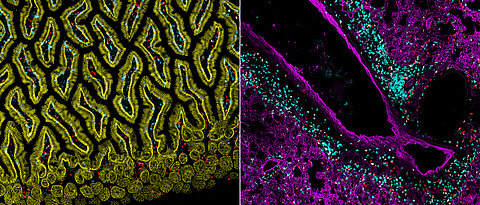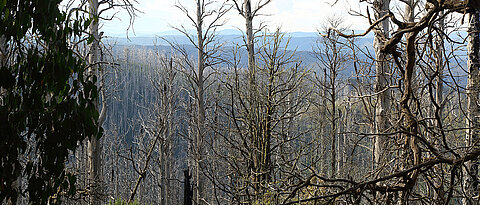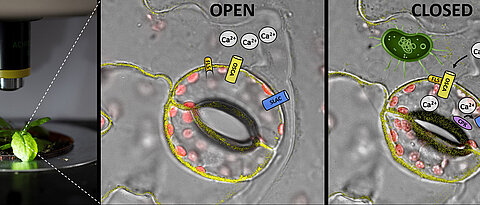How the Venus Flytrap Counts
10/05/2020
The carnivorous Venus flytrap snaps shut when a prey touches it twice within 30 seconds. In the journal Nature Plants researchers report on how this plant's short-term memory and counting system works.
more



















